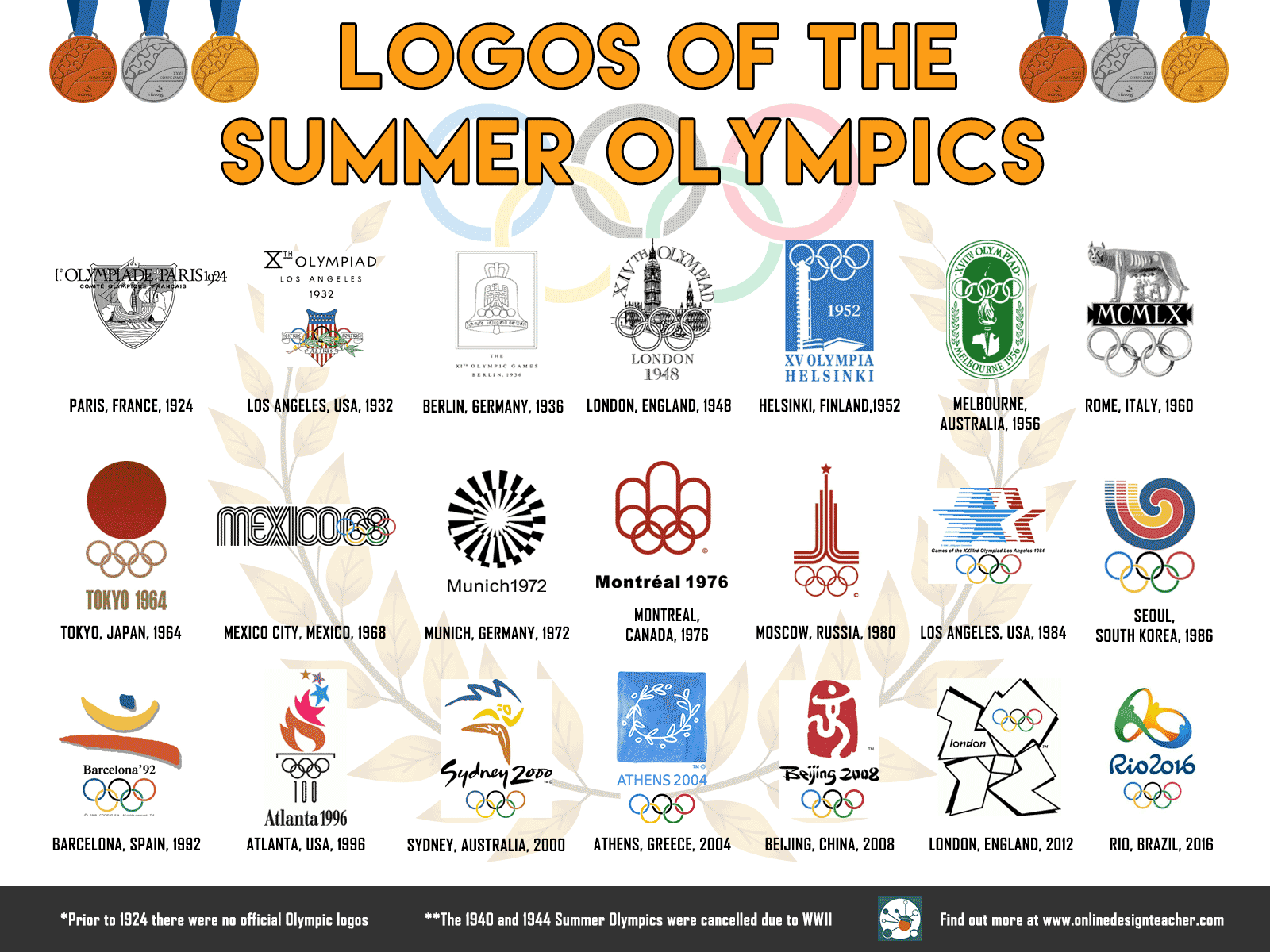Decoding the Olympics: A Deep Dive into its Iconic Symbols and Logos
What comes to mind when you think of the Olympics? Likely, images of athletes pushing their limits, the thrill of competition, and the global unity fostered by this monumental event. But intertwined with these visceral experiences are powerful visual representations: the Olympic symbols and logos. These emblems are more than just pretty pictures; they are potent storytellers, encapsulating the spirit of the Games and connecting us to its rich history.
The most recognizable of these, the Olympic rings, is a universal symbol of sport and international cooperation. But beyond the rings, a complex tapestry of logos and emblems exists, each with its own unique narrative. From the torches passed between generations to the bespoke emblems designed by each host city, these visual cues play a vital role in shaping the Olympic identity and experience.
This exploration delves into the heart of Olympic symbolism, tracing the evolution of these iconic representations and examining their cultural impact. We'll uncover the stories behind their creation, dissect their meaning, and discuss the challenges of protecting these valuable trademarks in a globalized world. Join us as we decipher the language of the Olympics, revealing the profound significance behind its powerful imagery.
The history of Olympic symbols and logos is as rich and layered as the Games themselves. The five interlocking rings, designed by Baron Pierre de Coubertin in 1913, represent the unity of the five continents and the meeting of athletes from around the world at the Olympic Games. The colors of the rings – blue, yellow, black, green, and red – were chosen because at least one of these colors is present in the flag of every nation. This deliberate choice emphasizes the global inclusivity at the heart of the Olympic movement.
Over the years, the Olympic rings have become one of the most recognized symbols in the world, instantly associated with sporting excellence, fair play, and international camaraderie. Each host city also develops its own emblem, often incorporating local cultural elements and artistic interpretations of the Olympic spirit. These emblems, though temporary, leave a lasting legacy, representing a specific moment in Olympic history and showcasing the unique character of the host city.
The importance of Olympic emblems and logos lies in their ability to communicate complex ideas and values through simple visual cues. They serve as a powerful reminder of the ideals that underpin the Games: excellence, respect, and friendship. These symbols foster a sense of global community, transcending language barriers and cultural differences. Furthermore, the careful management and protection of Olympic intellectual property are crucial for preserving the integrity of the Games and preventing unauthorized commercial exploitation.
The International Olympic Committee (IOC) holds strict regulations regarding the use of Olympic trademarks, including the rings and host city emblems. This meticulous control is essential to ensure that the symbols remain associated with the values of the Olympic movement and are not used in ways that could diminish their significance or mislead the public. Protecting these symbols safeguards the legacy of the Games and allows the IOC to continue its mission of promoting sport and its positive impact on society.
One benefit of the consistent use of the Olympic rings is their instant recognizability across the globe. This helps in marketing and promoting the Games to a worldwide audience. Secondly, they embody the values of the Olympic movement – excellence, respect, and friendship – and serve as a constant reminder of these ideals. Thirdly, they create a sense of unity and common purpose among athletes and spectators alike, fostering a global community connected by the spirit of sport.
Advantages and Disadvantages of Having Unique Emblems for each Olympics
| Advantages | Disadvantages |
|---|---|
| Reflects the host city's culture and identity | Can be costly to design and promote a new emblem for each Games |
| Creates a unique and memorable identity for each Olympic Games | May not always resonate with a global audience |
| Offers opportunities for local artists and designers to showcase their talent | Risk of creating emblems that are controversial or culturally insensitive |
Frequently Asked Questions
1. What do the Olympic rings symbolize? The rings represent the unity of the five continents and the meeting of athletes worldwide.
2. Who designed the Olympic rings? Baron Pierre de Coubertin designed the rings.
3. What do the colors of the rings represent? The colors were chosen because at least one is present in every nation's flag.
4. Why are Olympic symbols protected? Protection ensures they're associated with Olympic values and aren't misused commercially.
5. Who manages Olympic trademarks? The International Olympic Committee (IOC) manages them.
6. Can anyone use Olympic symbols? No, strict regulations govern their use.
7. Do host cities create their own emblems? Yes, each host city develops its own emblem.
8. What do host city emblems represent? They represent a specific moment in Olympic history and the host city's character.
In conclusion, the Olympic symbols and logos are more than just visual identifiers; they are powerful embodiments of the Olympic spirit, reflecting the values of excellence, respect, friendship, and international unity. From the iconic rings to the unique emblems of each host city, these symbols communicate a shared passion for sport and its power to transcend cultural and linguistic barriers. Protecting the integrity of these symbols is crucial to preserving the legacy of the Games and ensuring that they continue to inspire generations of athletes and spectators alike. By understanding the history and significance of these emblems, we gain a deeper appreciation for the rich tapestry of the Olympic movement and its enduring impact on the world. Let us celebrate and protect these symbols, ensuring that the spirit of the Olympics burns bright for generations to come.
Unraveling the mystery michael aftons origins
Grooves that defined generations rb artists of the 80s 90s
Windows 11 audio troubleshooting guide














